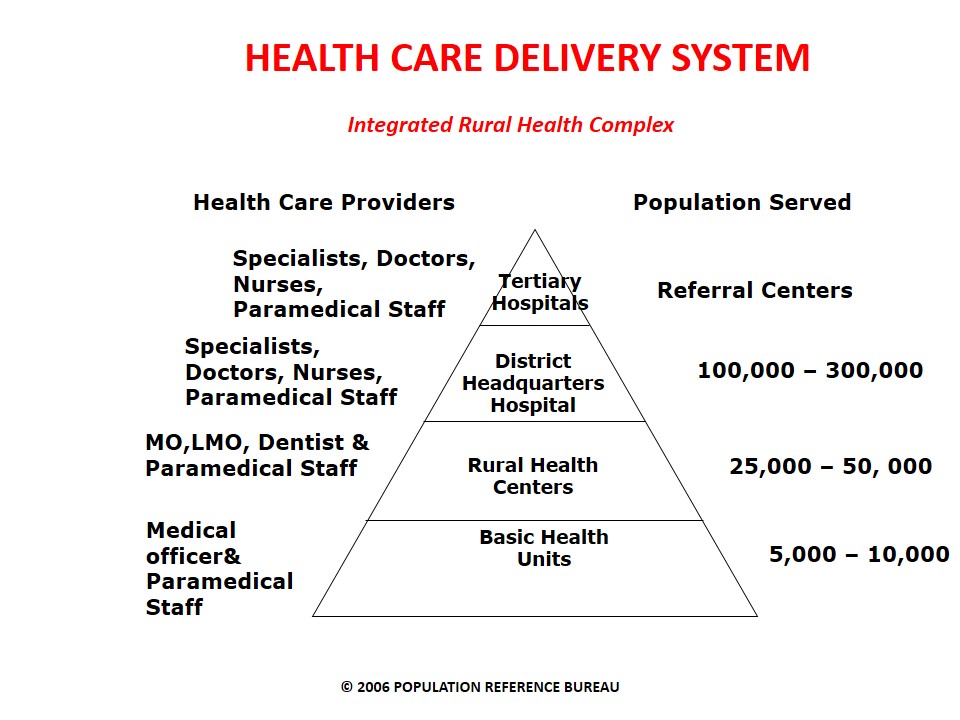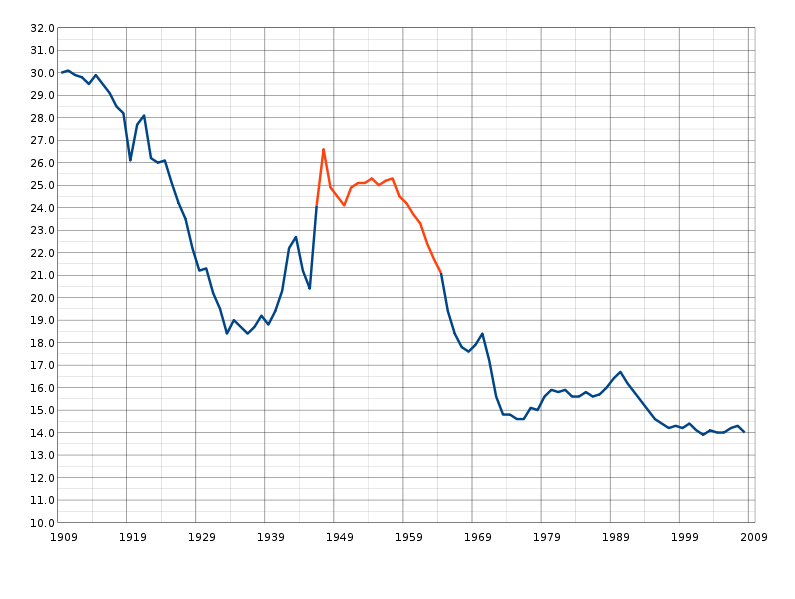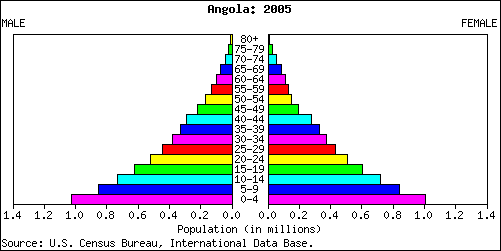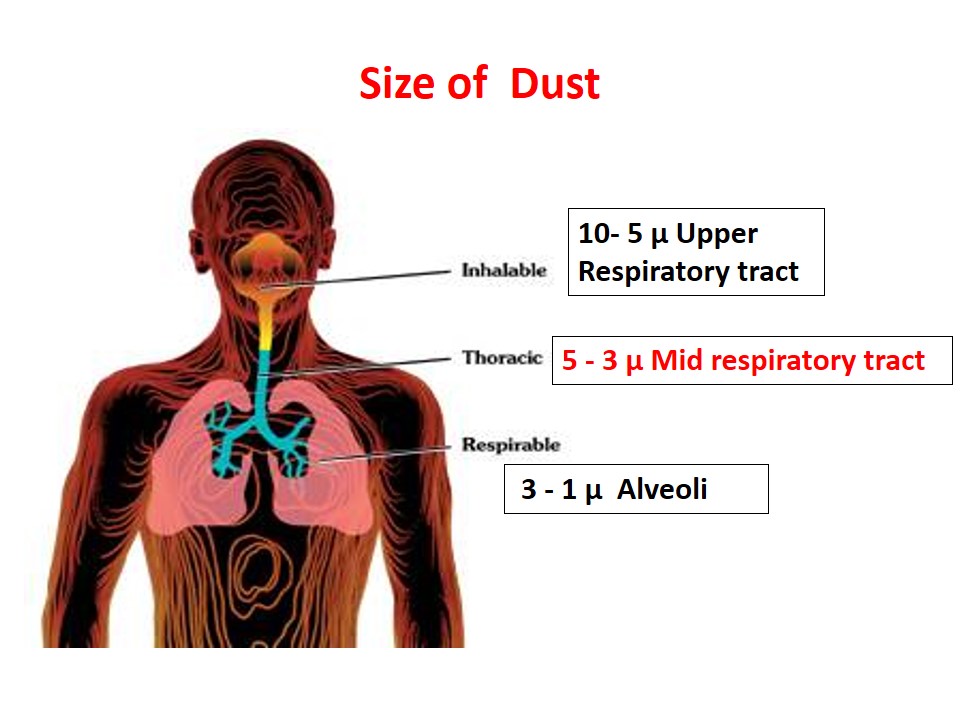Public health may be defined as:
“The science and art of Preventing disease, Prolonging life and Promoting Health and Efficiency through organized community efforts for the:
• Sanitation of the environment,
• Control of communicable diseases,
• Education of the individual in personal hygiene,
• Organization of the medical and nursing services for early diagnosis and medical treatment of diseases,
• Development of social machinery to ensure for every individual a standard of living adequate for the maintenance of health.”
Prof Winslow Yale University
Changing Concepts in Public Health
The Pre-Industrial Era
The physicians still practiced the medicine of ancient Greeks by starving, bleeding and purging their patients. Surgery was conducted without anesthesia. Often physicians went from one surgery to another without washing their hands. Only a few effective drugs were available (digitalis and quinine). Epidemics of smallpox, yellow fever, cholera and typhoid occurred. Physicians with poor professional training handled medical problems
The Modern Era
1. Miasma phase.(1850-1880)
2. Bacteriology phase.(1880-1910)
3. Health resources phase.(1910- 1960)
4. Social engineering phase.(1960- 1975)
5. Health promotion phase. (late 1970’s till present)
Miasma Phase (1850-1880)
The phase in which disease was thought to be caused by noxious vapors. William Farr was the proponent of this theory.
Bacteriology Phase (1880-1910)
During this phase the means to counteract specific diseases were made possible by the discovery that specific micro-organisms cause specific disease.
Bacteriologists Louis Pasteur and Robert Koch, demonstrated that microorganisms cause infectious diseases.
Health Resources Phase (1910- 1960)
This phase was characterized by enormous financial investments in hospitals, health personnel, and biomedical research.
Social Engineering Phase (1960- 1975)
The health advances brought about by technology and resources weren’t distributed evenly throughout the population. Emphasis was on equal access. In this phase equal access to health services was prioritized through legislation and policy.
Health Promotion Phase (late 1970’s till present)
The concept of “health field” became popular which consisted of four equally weighted elements to which death and disease could be attributed:
• Human biology (Heredity)
• Environment
• Lifestyle (Behaviour)
Inadequacies in current health care provision were noted. WHO was the principal mover in the field of health promotion.
WHO- UNICEF international conference was held in 1978 at Alma-Ata (USSR), which was attended by 134 countries. All member countries committed to the principles of the Declaration of Alma Ata to strive for Health for All by 2000. Primary health Care was the key to attaining Health for All (HFA).
Major Reasons for Increased Longevity
• Improved sanitation
• Provision of clean water
• Universal immunization programs
• Health education and prevention practices
• Improved treatment and prevention of chronic diseases (for recent advances)
Major Preventable Risk Factors
• Substance abuse
o Tobacco
o Alcohol
o Drugs
• Unhealthy diet
• Physical inactivity
• Environmental/occupational hazards
Smoking Facts – 2010
• #1 cause of preventable deaths (446,000/yr)
• 50% of children exposed to second-hand smoke
• 24% of men and 18% of women smoke
• 31% of smokers earn wages below poverty line
The Scope of Public Health
• Infectious diseases
• Chronic diseases
o Heart disease, metabolic disorders, cancer, etc.
o Mental health
• Nutrition disorders
• Health of the vulnerable
o e.g. poor, children, women, elderly, etc.
o Substance abusers: drugs, alcohol, tobacco
• Accidents/violence/injuries
• Health equity
• Occupational health
• Environmental health
Strategies of Public Health
1. Assess the current health situation through
a. Surveys
b. Surveillance
c. Morbidity and mortality reporting
2. Identify the problem
3. Research correlates of occurrence
4. Develop and evaluate interventions
5. Disseminate results
6. Influence policy to incorporate results (science-based policy)
Intervention Strategies
• Immunization programs
• Health education
• Behavioral modification strategies
• Community intervention/mobilization
• Intervention Strategies
• Modification of environment
o Occupational environment
o Living environment (e.g. air quality)
• Surveillance/information systems (evaluation)
• Policy development and implementation
• Political pressure
Four Tiers of Public Sector Health Care Delivery System
|
Tier |
FACILITY/SERVICES |
|
First |
Outreach and community-based services, which focus on immunization, sanitation, malaria control, maternal and child health and family planning; |
|
Second |
The primary care facilities include Basic Health Units (BHUs) and Rural Health centres (RHCs) mainly preventive, outpatient and basic inpatient care. |
|
Third |
The Secondary health care facilities which include Tehsil Headquarters Hospital (THQH) and District Headquarters Hospital (DHQH) for out patient, inpatient and also specialist care. |
|
Fourth |
Tertiary care hospitals located in the major cities for more specialized inpatient care. |
 howMed Know Yourself
howMed Know Yourself





